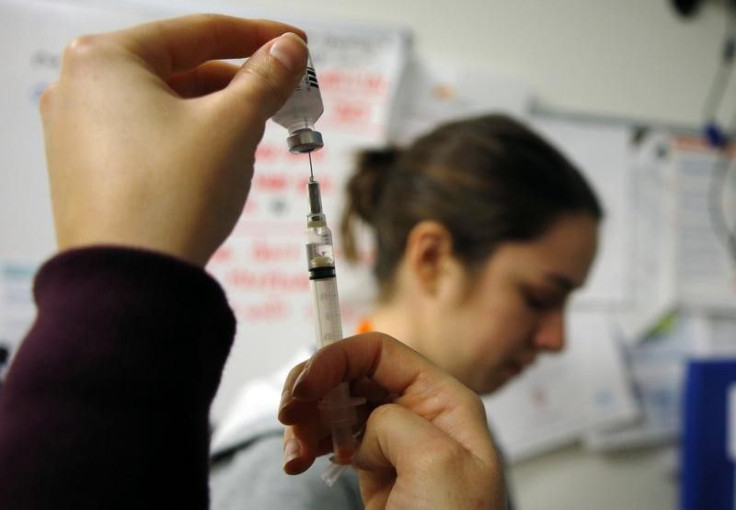Nursing Programs: 9 in 10 Nurses Are Women, But Men In The Profession Have Higher Salaries

(Reuters Health) - Even though nine out of 10 nurses are women, men in the profession earn higher salaries, and the pay gap has remained constant over the past quarter century, a study finds.
The typical salary gap has consistently been about $5,000 even after adjusting for factors such as experience, education, work hours, clinical specialty, and marital and parental status, according to a report in JAMA, the journal of the American Medical Association.
"Nursing is the largest female dominated profession so you would think that if any profession could have women achieve equal pay, it would be nursing," said lead study author Ulrike Muench from the University of California, San Francisco.
Muench and colleagues used two large U.S. data sets to examine earnings over time. One, the National Sample Survey of Registered Nurses, provided responses from nearly 88,000 participants from 1988 to 2008. The other, the American Community Survey, offered responses from nearly 206,000 registered nurses from 2001 to 2013.
Every year, each of the data sets found men earned more than women; the unadjusted pay gap ranged from $10,243 to $11,306 in one survey and from $9,163 to $9,961 in the other.
There was a gap for hospital nurses, $3,783, and an even bigger one, $7,678, for nurses in outpatient settings.
Men out-earned women in every specialty except orthopedics, with the gap ranging from $3,792 in chronic care to $17,290 for nurse anesthetists.
While the study didn't address the reasons for persistent gaps in pay, it's possible that men are better at negotiating raises and promotions or that they are less likely than women to take extended breaks from the labor force to care for young children or aging parents, said Patricia Davidson, dean of the Johns Hopkins University School of Nursing in Baltimore, Maryland.
Many women are drawn to nursing at least in part by the flexibility, noted Davidson, who wasn't involved in the study. With shift work and opportunities to advance while working nontraditional hours, nursing should be far better suited to balancing a career and family obligations than many other professions, she told Reuters Health.
"It's a real indictment that this issue of gender disparity is prevalent in nursing where it's predominantly female," said Davidson. "In Wall Street or Silicon Valley people can dismiss it because it's a culture that's not known to be accommodating – a male-dominated work environment where it's stacked against them – but when you see this inequity in nursing it speaks to a larger problem."
It's also possible that the study exposed a gender difference in career choices, rather than a genuine lack of equal pay for equal work, said Linda Aiken, a nursing and health policy researcher at the University of Pennsylvania.
"Men may be more likely to work full time and even to work more hours per week than other full time nurses," Aiken, who wasn't involved in the study, said in an email interview.
The study findings require "more analysis before we can conclude that there is an actual gender gap in pay for equal work and how a gender gap might best be addressed."
In nursing, pay equity also involves more than issues of gender, Aiken said. For example, she noted that Medicare, the federal insurance program for the elderly, pays nurse practitioners working in primary care 85 percent of the rates physicians are paid for the same services. And primary care providers are paid less than clinicians in subspecialties like anesthesia.
"If the observed gender gap in nurses' incomes is a product of female nurses being more likely to elect specialties that are in great need like primary care, long-term care, home care, and public health, it would not be in the public's interest to encourage more women to follow in the footsteps of men to elect higher paying specialties or practice settings," Aiken said.
The study provides enough data over enough time to show that the pay gap isn't random, Muench said. "My hope is that this raises awareness and can start a discussion about what additional steps could be taken to achieve equal pay."
SOURCE: http://bit.ly/1CLUJ3K Journal of the American Medical Association, online March 24, 2015.



























